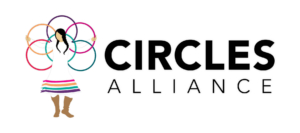Using data to show compassion for the Earth
/in Library /by Stephanie HigdonUsing Data to Show Compassion for the Earth
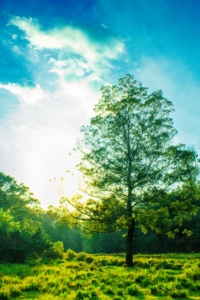
This unit was created from conversations with the Eagle Butte Middle School 7th grade team.
Cultural Relevance – Oceti Sakowin Essential Understandings
OSEU 1: Land and Enviornment
Standard 1.4 – Identify and explain contemporary environmental issues facing the Oceti Sakowin lands.
Standard 1.5 – Examine strategies the tribal government and other tribal leaders are taking to improve lands and natural gifts of Oceti Sakowin people.
Lesson Objectives–
Students will learn their impact on the earth through the collection of data.
Students will be able to interpret and analyze data.
Students will be able to demonstrate this data through graphical representation.
Students will be able to demonstrate compassion and respect for the earth through their graphical representations.
Students will construct an argument using data.
Standard
7.SP.A Use random sampling to draw inferences about a population.
- Understand that statistics can be used to gain information about a population by examining a sample of the population; generalizations about a population from a sample are valid only if the sample is representative of that population. Understand that random sampling tends to produce representative samples and support valid inferences.
- Use data from a random sample to draw inferences about a population with an unknown characteristic of interest. Generate multiple samples (or simulated samples) of the same size to gauge the variation in estimates or predictions. For example, estimate the mean word length in a book by randomly sampling words from the book; predict the winner of a school election based on randomly sampled survey data. Gauge how far off the estimate or prediction might be.
Standards for review
7.G.B Solve real-life and mathematical problems involving angle measure, area, surface area and volume.
- Solve real-world and mathematical problems involving area, volume and surface area of two- and three-dimensional objects composed of triangles, quadrilaterals, polygons, cubes, and right prisms.
Math Practices
Construct viable arguments and critique the reasoning of others.
Students will use data to defend their reasoning in a sustainability plan.
Model with mathematics.
Students will construct their own data representation.
Principles of Learning-
Context and Content Relationships-
This principle is grounded in storytelling. Throughout this lesson, students are asked to analyze and interpret stories and then to tell stories through data. At the end of most days, students are asked to share what they learned for the day orally to the class.
Recognition of Personal Sovereignty-
At the close of the lesson students will create their own data display (this can also be done in pairs). Students have their own choice in displaying their data to show understanding.
Community-Oriented Learning-
Throughout this lesson students are asked to work in small teams or with a partner. In this lesson, we need the experience of everyone in the room to for success. Students are asked to share investigations and what they have learned to benefit all learners in the class.
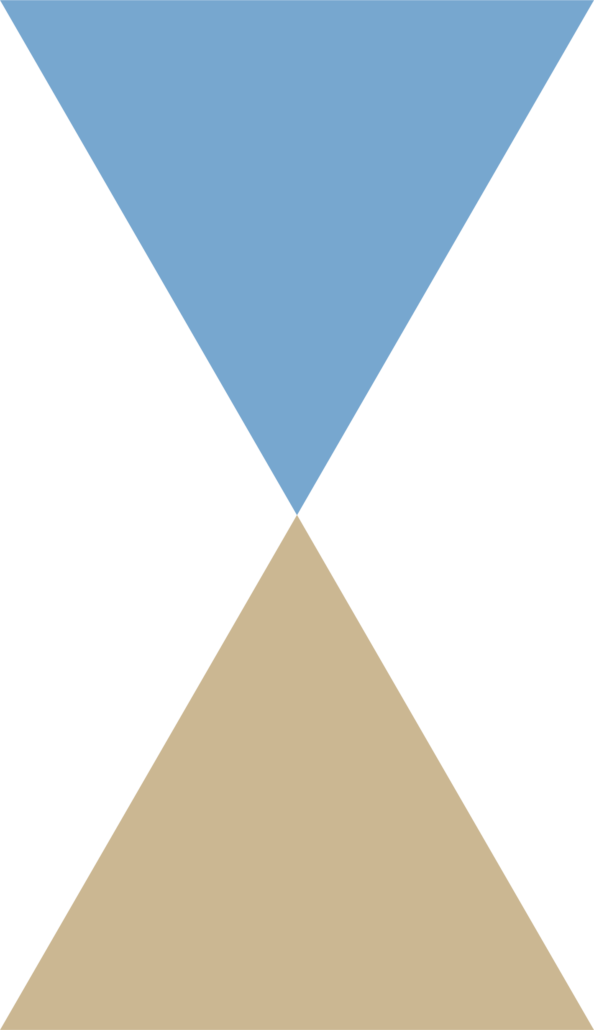
Lakota Virtues:
Respect and Compassion
Lakota Stories:
The Lakota Way: Joseph M. Marshall III
The Mysterious Butte
The Woman Who Lived with the Wolves
Materials
- PowerPoint
- Student work pages
- Lakota Stories
- Recycling Data and Notice/Wonder
- Data Stories and Graphic Organizer
- Notice and Wonder
- Student page- Additional information for making predictions
Three Act Videos
Building supplies- empty boxes of varying sizes and/or building cubes
Rulers
11×17 paper for posters
Markers/Colored Pencils
Length of Activity: Five class periods, 45-60 minutes
Core Problems/Outline of Lesson
Day 1: Core Problems/Outline of Lesson
Hook/Lesson Introduction- Compassion story- The Woman Who Lived with the Wolves- Turn and talk
Engage- Data Talk- Notice and wonder
Explore- Data exploration
Explain- write the data story from the data exploration
Closure- explain and share assigned data story
Day 2: Core Problems/Outline of Lesson
Hook – Choice:
- Respect story- The Mysterious Butte- Turn and talk OR
- Data Talk- Notice and wonder
Engage- West 605- Taken for Granted- Notice and Wonder (act 1 video)
Explore- How much trash do you throw away? What is the volume of trash you throw away at lunch?
Explain- Represent the volume of class trash.
Closure- How much trash do we throw away as a school?
Engage- How much trash do we throw away as a school? Turn and talk- how can we find this?
Explore- How many trash bins does our school fill at lunch in a day?
What information do you need to know?
Explain/Closure- students will display their thinking on posters.
Day 3: Core Problems/Outline of Lesson
Hook- How much trash do we throw away- finding average
Engage- West 605- Taken for Granted- Notice and Wonder (act 2)
Explore- Your task: Investigate how much trash our school creates at lunch in volume and weight in one week.
Explain- Students will create a poster to demonstrate their predictions.
Closure- students will share their posters.
Day 4 and Day 5: Core Problems/Outline of Lesson- Display the Data
This lesson may take more than one day- provide students with extra time on Day 5 to complete their data story and share their data display.
Hook- What do we know about the trash in our school?
Engage- West 605- Taken for Granted- Notice and Wonder (act 3)—Now what?
Explore/Explain- Your task- display the data you collected this week to tell the story of our lunch trash.
Closure- Students will explain their data story to the class.
Stephanie Practice
/in Library /by Stephanie Higdon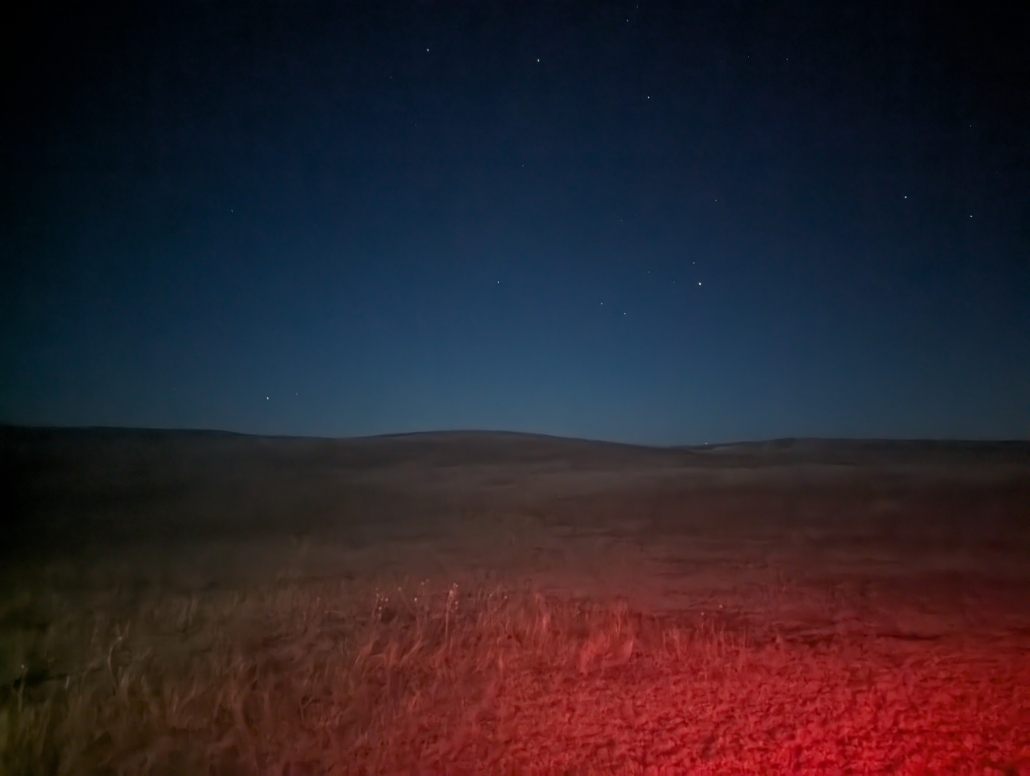
Cultural Relevance- Oceti Sakowin Essential Understandings
OSEU 3: Culture and Language-
OSEU 3.3- Recall Oceti Sakowin sacred sites, creation stories, and star knowledge and describe how they relate to each other, and how they are still used today on and off the reservation.
Lesson Objective- Students will understand that the stars rotate in relationship to the seasons- due to the Earth’s orbit around the sun.
Content Standards
MS.ESS1.1: Develop and use a model of the Earth-sun-moon system to describe the cyclic patterns of lunar phases, eclipses of the sun and moon, and seasons.
Science practice standards-
Analyze and Interpreting Data- Students will gather data to demonstrate how the big dipper changes over the course of a year. Students will construct ideas and explanations for why they feel this change happens.
Develop and Use a Model- Students will create a model to demonstrate the orbit of the Earth around the sun impacts the stars and change in the seasons.
Cross Cutting Concepts-
Patterns- Students will observe patterns of the stars, organize the patterns they find, and develop questions around their observations.

Lakota Virtues
Kinship
Lakota Stories
Told by Lakota Elder Duane Hollow Horn Bear
Materials
Large paper (11 by 17) for students to record the patterns they see in the star constellations.
Colored pencils
Scissors
Big Dipper model
**(Optional) Students will need chromebooks/computers to use the site: https://stellarium-web.org/
**If students do not have access to their own computers this will need to be a teacher led activity
Length of Activity one class period (50-60 minutes with room for extension)
Core Problems/Outline of Lesson
Hook/Lesson Introduction-We are all relatives- Mitákuye Oyás’iŋ
Engage- The Star Boy and the Seven Sisters
Explore- Gather data demonstrating the change in star constellations.
Closure- Star Trails image- New thoughts, what is this showing?
Goofy Mock Lesson by Nathalie
/in Library /by admin
Cultural Relevance – Oceti Sakowin Essential Understandings
OSEU 3: Culture and Language
OSEU 3.3: Recall Oceti Sakowin sacred sites, creation stories, and star knowledge and describe how they relate to each other, and how they are still used today on and off the reservation.
Lesson Objective
Students will understand that the stars rotate in relationship to the seasons- due to the Earth’s orbit around the sun.
Content Standards
MS.ESS1.1: Develop and use a model of the Earth-sun-moon system to describe the cyclic patterns of lunar phases, eclipses of the sun and moon, and seasons.
Science Practice Standards
Analyze and Interpreting Data- Students will gather data to demonstrate how the big dipper changes over the course of a year. Students will construct ideas and explanations for why they feel this change happens.
Develop and Use a Model- Students will create a model to demonstrate the orbit of the Earth around the sun impacts the stars and change in the seasons.
Cross Cutting Concepts
Patterns- Students will observe patterns of the stars, organize the patterns they find, and develop questions around their observations.

Lakota Virtues
Kinship
Lakota Stories
Told by Lakota Elder Duane Hollow Horn Bear
Materials
Large paper (11 by 17) for students to record the patterns they see in the star constellations.
Colored pencils
Scissors
Big Dipper model
**(Optional) Students will need chromebooks/computers to use the site: https://stellarium-web.org/
**If students do not have access to their own computers this will need to be a teacher led activity
Length of Activity one class period (50-60 minutes with room for extension)
Core Problems/Outline of Lesson
Hook/Lesson Introduction-We are all relatives- Mitákuye Oyás’iŋ
Engage- The Star Boy and the Seven Sisters
Explore- Gather data demonstrating the change in star constellations.
Closure- Star Trails image- New thoughts, what is this showing?
Curriculum Template
/in Library /by admin
Cultural Relevance – Oceti Sakowin Essential Understandings
OSEU 1: Land and Environment
Standard 1.3 – Demonstrate understanding of the interrelationships of Oceti Sakowin people, places, and environments within all tribal lands in South Dakota.
OSEU 4: Kinship and Harmony
Standard 4.2 – Describe the traditional behavior patterns, codes of respect and values promoted within the Oceti Sakowin tiospaye.
Lesson Objective
Interactions of life within the South Dakota grasslands. How do/did factors interact on the South Dakota grasslands? Students will explain how factors on our lands interact.
Standard
MS.LS2.2- Construct an explanation that predicts patterns of interactions among organisms across multiple ecosystems.
Science practice standards
Construct Explanations and Designing Solutions- Construct explanations in why different organisms interact. No “wrong” answers as long as students are able to construct reasonable explanations.
Develop and use models- Construct a model to explain the interactions between organisms.
Cross Cutting Concepts
Patterns- identify cause and effect relationships

Lakota Virtues:
Respect and Compassion
Lakota Story: The Meadowlark and the snake (Tȟašíyagnuŋpa na Zuzéča)
Told by Lakota Elder Duane Hallow Horn Bear in both Lakota and English
Materials
PowerPoint
Creatures of the Badlands- Handout
Scissors
Notecards
Glue/Tape
Markers/colored pencils
11×17 paper for posters
Length of Activity: One class period, 45-60 minutes
Core Problems/Outline of Lesson
Hook/Lesson Introduction-Video of a buffalo interacting with its environment- Notice and Wonder
Engage- The Meadowlark and the Snake
Engage- How are the animals interacting in their environment?
Explore- Card sort- How do the provided animals interact with each other and the environment? Make a web of interactions.
Explore- Good stewards of the land and scientists gather more information and adjust their thinking. Watch the video of Tatanka a way of life from 9:00-13:00, students will adjust their thinking.
Explain- create a poster that explains the interactions of the animals with their environment
Closure- Explain one interaction from each poster.
Closure- Star Trails image- New thoughts, what is this showing?
Goofy Mock Lesson by Nathalie
/in Library /by admin
Cultural Relevance – Oceti Sakowin Essential Understandings
OSEU 3: Culture and Language-
OSEU 3.3- Recall Oceti Sakowin sacred sites, creation stories, and star knowledge and describe how they relate to each other, and how they are still used today on and off the reservation.
Lesson Objective
Students will understand that the stars rotate in relationship to the seasons- due to the Earth’s orbit around the sun.
Content Standards
MS.ESS1.1: Develop and use a model of the Earth-sun-moon system to describe the cyclic patterns of lunar phases, eclipses of the sun and moon, and seasons.
Science practice standards
Analyze and Interpreting Data- Students will gather data to demonstrate how the big dipper changes over the course of a year. Students will construct ideas and explanations for why they feel this change happens.
Develop and Use a Model- Students will create a model to demonstrate the orbit of the Earth around the sun impacts the stars and change in the seasons.
Cross Cutting Concepts-
Patterns- Students will observe patterns of the stars, organize the patterns they find, and develop questions around their observations.

Lakota Virtues
Kinship
Lakota Stories
Told by Lakota Elder Duane Hollow Horn Bear
Materials
Large paper (11 by 17) for students to record the patterns they see in the star constellations.
Colored pencils
Scissors
Big Dipper model
**(Optional) Students will need chromebooks/computers to use the site: https://stellarium-web.org/
**If students do not have access to their own computers this will need to be a teacher led activity
Length of Activity one class period (50-60 minutes with room for extension)
Core Problems/Outline of Lesson
Hook/Lesson Introduction-We are all relatives- Mitákuye Oyás’iŋ
Engage- The Star Boy and the Seven Sisters
Explore- Gather data demonstrating the change in star constellations.
Closure- Star Trails image- New thoughts, what is this showing?
South Dakota Grasslands
/in Library /by admin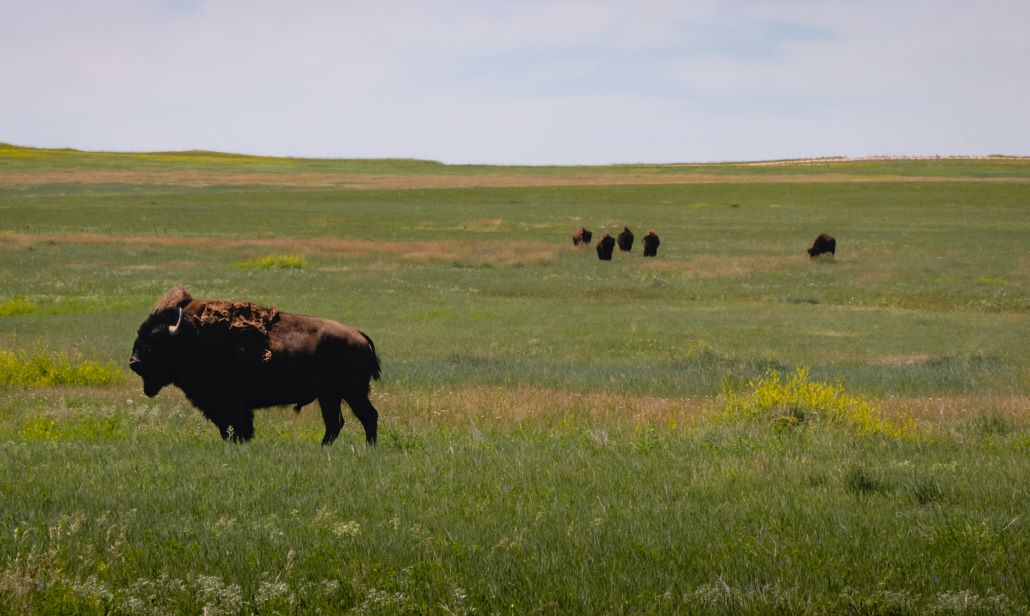
Cultural Relevance – Oceti Sakowin Essential Understandings
OSEU 1: Land and Environment
Standard 1.3 – Demonstrate understanding of the interrelationships of Oceti Sakowin people, places, and environments within all tribal lands in South Dakota.
OSEU 4: Kinship and Harmony
Standard 4.2 – Describe the traditional behavior patterns, codes of respect and values promoted within the Oceti Sakowin tiospaye.
Lesson Objective
Interactions of life within the South Dakota grasslands. How do/did factors interact on the South Dakota grasslands? Students will explain how factors on our lands interact.
Standard
MS.LS2.2- Construct an explanation that predicts patterns of interactions among organisms across multiple ecosystems.
Science practice standards
Construct Explanations and Designing Solutions- Construct explanations in why different organisms interact. No “wrong” answers as long as students are able to construct reasonable explanations.
Develop and use models- Construct a model to explain the interactions between organisms.
Cross Cutting Concepts
Patterns- identify cause and effect relationships
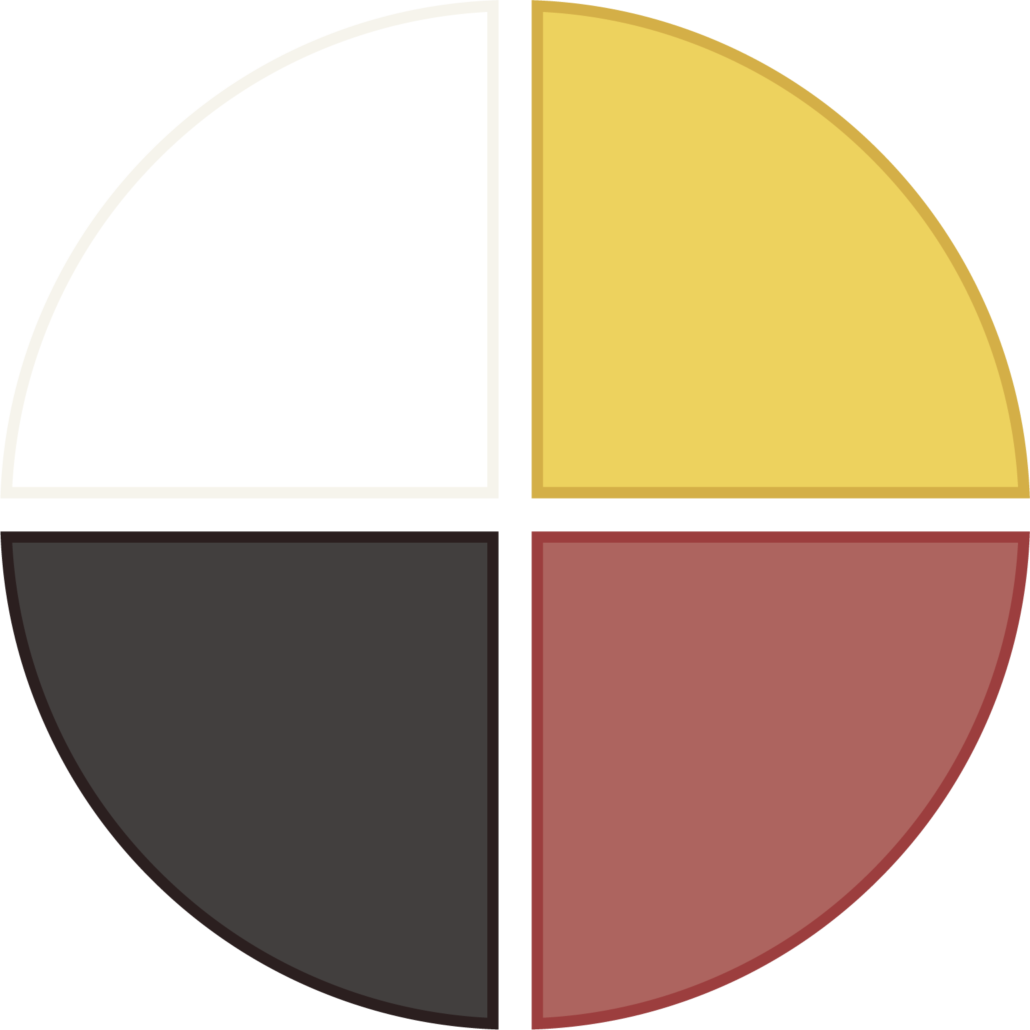
Lakota Virtues:
Respect and Compassion
Lakota Story: The Meadowlark and the snake (Tȟašíyagnuŋpa na Zuzéča)
Told by Lakota Elder Duane Hallow Horn Bear in both Lakota and English
Materials
PowerPoint
Creatures of the Badlands- Handout
Scissors
Notecards
Glue/Tape
Markers/colored pencils
11×17 paper for posters
Length of Activity: One class period, 45-60 minutes
Core Problems/Outline of Lesson
Hook/Lesson Introduction-Video of a buffalo interacting with its environment- Notice and Wonder
Engage- The Meadowlark and the Snake
Engage- How are the animals interacting in their environment?
Explore- Card sort- How do the provided animals interact with each other and the environment? Make a web of interactions.
Explore- Good stewards of the land and scientists gather more information and adjust their thinking. Watch the video of Tatanka a way of life from 9:00-13:00, students will adjust their thinking.
Explain- create a poster that explains the interactions of the animals with their environment
Closure- Explain one interaction from each poster.
Closure- Star Trails image- New thoughts, what is this showing?
Science
/in Library /by admin
Cultural Relevance – Oceti Sakowin Essential Understandings
OSEU 1: Land and Environment
Standard 1.3 – Demonstrate understanding of the interrelationships of Oceti Sakowin people, places, and environments within all tribal lands in South Dakota.
OSEU 4: Kinship and Harmony
Standard 4.2 – Describe the traditional behavior patterns, codes of respect and values promoted within the Oceti Sakowin tiospaye.
Lesson Objective
Interactions of life within the South Dakota grasslands. How do/did factors interact on the South Dakota grasslands? Students will explain how factors on our lands interact.
Standard
MS.LS2.2- Construct an explanation that predicts patterns of interactions among organisms across multiple ecosystems.
Science practice standards
Construct Explanations and Designing Solutions- Construct explanations in why different organisms interact. No “wrong” answers as long as students are able to construct reasonable explanations.
Develop and use models- Construct a model to explain the interactions between organisms.
Cross Cutting Concepts
Patterns- identify cause and effect relationships

Lakota Virtues:
Respect and Compassion
Lakota Story: The Meadowlark and the snake (Tȟašíyagnuŋpa na Zuzéča)
Told by Lakota Elder Duane Hallow Horn Bear in both Lakota and English
Materials
PowerPoint
Creatures of the Badlands- Handout
Scissors
Notecards
Glue/Tape
Markers/colored pencils
11×17 paper for posters
Length of Activity: One class period, 45-60 minutes
Core Problems/Outline of Lesson
Hook/Lesson Introduction-Video of a buffalo interacting with its environment- Notice and Wonder
Engage- The Meadowlark and the Snake
Engage- How are the animals interacting in their environment?
Explore- Card sort- How do the provided animals interact with each other and the environment? Make a web of interactions.
Explore- Good stewards of the land and scientists gather more information and adjust their thinking. Watch the video of Tatanka a way of life from 9:00-13:00, students will adjust their thinking.
Explain- create a poster that explains the interactions of the animals with their environment
Closure- Explain one interaction from each poster.
Closure- Star Trails image- New thoughts, what is this showing?
Social Studies
/in Library /by admin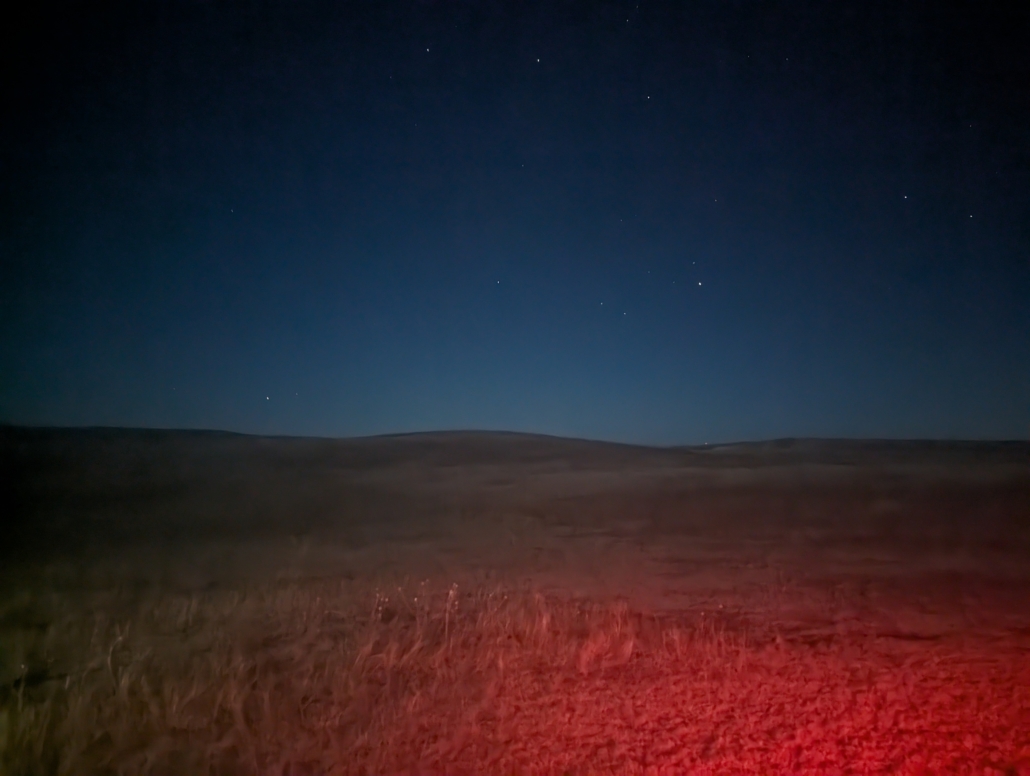
Cultural Relevance – Oceti Sakowin Essential Understandings
OSEU 3: Culture and Language-
OSEU 3.3- Recall Oceti Sakowin sacred sites, creation stories, and star knowledge and describe how they relate to each other, and how they are still used today on and off the reservation.
Lesson Objective
Students will understand that the stars rotate in relationship to the seasons- due to the Earth’s orbit around the sun.
Content Standards
MS.ESS1.1: Develop and use a model of the Earth-sun-moon system to describe the cyclic patterns of lunar phases, eclipses of the sun and moon, and seasons.
Science practice standards
Analyze and Interpreting Data- Students will gather data to demonstrate how the big dipper changes over the course of a year. Students will construct ideas and explanations for why they feel this change happens.
Develop and Use a Model- Students will create a model to demonstrate the orbit of the Earth around the sun impacts the stars and change in the seasons.
Cross Cutting Concepts-
Patterns- Students will observe patterns of the stars, organize the patterns they find, and develop questions around their observations.

Lakota Virtues
Kinship
Lakota Stories
Told by Lakota Elder Duane Hollow Horn Bear
Materials
Large paper (11 by 17) for students to record the patterns they see in the star constellations.
Colored pencils
Scissors
Big Dipper model
**(Optional) Students will need chromebooks/computers to use the site: https://stellarium-web.org/
**If students do not have access to their own computers this will need to be a teacher led activity
Length of Activity one class period (50-60 minutes with room for extension)
Core Problems/Outline of Lesson
Hook/Lesson Introduction-We are all relatives- Mitákuye Oyás’iŋ
Engage- The Star Boy and the Seven Sisters
Explore- Gather data demonstrating the change in star constellations.
Closure- Star Trails image- New thoughts, what is this showing?
Social Studies
/in Library /by admin
Cultural Relevance – Oceti Sakowin Essential Understandings
OSEU 3: Culture and Language-
OSEU 3.3- Recall Oceti Sakowin sacred sites, creation stories, and star knowledge and describe how they relate to each other, and how they are still used today on and off the reservation.
Lesson Objective
Students will understand that the stars rotate in relationship to the seasons- due to the Earth’s orbit around the sun.
Content Standards
MS.ESS1.1: Develop and use a model of the Earth-sun-moon system to describe the cyclic patterns of lunar phases, eclipses of the sun and moon, and seasons.
Science practice standards
Analyze and Interpreting Data- Students will gather data to demonstrate how the big dipper changes over the course of a year. Students will construct ideas and explanations for why they feel this change happens.
Develop and Use a Model- Students will create a model to demonstrate the orbit of the Earth around the sun impacts the stars and change in the seasons.
Cross Cutting Concepts-
Patterns- Students will observe patterns of the stars, organize the patterns they find, and develop questions around their observations.

Lakota Virtues
Kinship
Lakota Stories
Told by Lakota Elder Duane Hollow Horn Bear
Materials
Large paper (11 by 17) for students to record the patterns they see in the star constellations.
Colored pencils
Scissors
Big Dipper model
**(Optional) Students will need chromebooks/computers to use the site: https://stellarium-web.org/
**If students do not have access to their own computers this will need to be a teacher led activity
Length of Activity one class period (50-60 minutes with room for extension)
Core Problems/Outline of Lesson
Hook/Lesson Introduction-We are all relatives- Mitákuye Oyás’iŋ
Engage- The Star Boy and the Seven Sisters
Explore- Gather data demonstrating the change in star constellations.
Closure- Star Trails image- New thoughts, what is this showing?
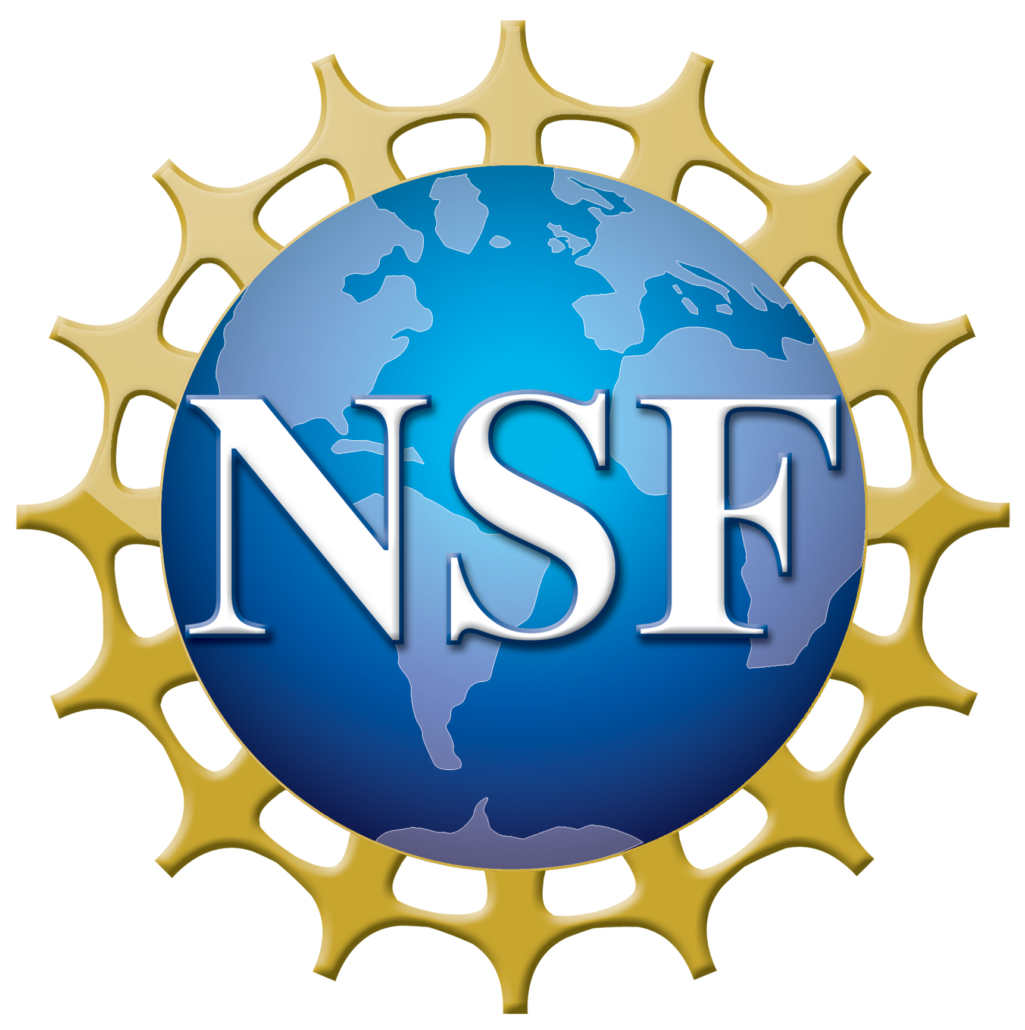
This website is based upon work supported by the National Science Foundation under grants no. 2038271 and 2217344. Any opinions, findings, and conclusions or recommendations expressed in this material are those of the author(s) and do not necessarily reflect the views of the National Science Foundation.
